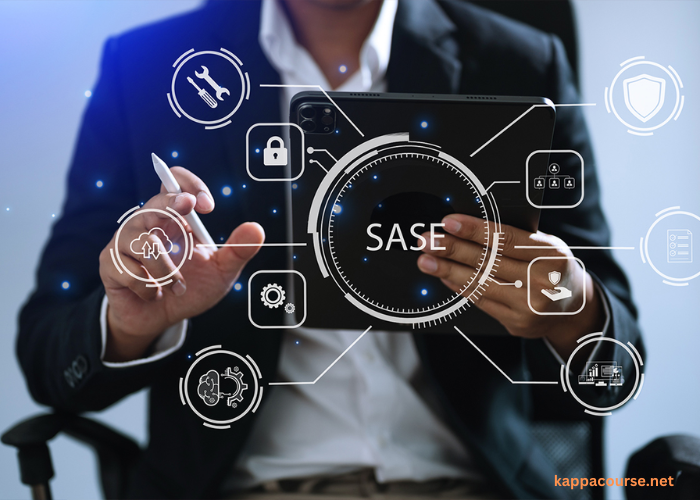In the ever-evolving landscape of cybersecurity, new acronyms and buzzwords emerge regularly, often leaving even seasoned professionals scratching their heads. One such term that has gained significant attention recently is “SASE,” which stands for Secure Access Service Edge. SASE represents a transformative approach to network security and connectivity, and understanding it is essential for organizations seeking the right SASE provider to protect their data and users. This article will demystify SASE, explaining what it is, why it matters, and how it is shaping the future of network security.
Understanding SASE: The Basics
Secure Access Service Edge, pronounced as “sassy,” is a comprehensive approach to network security and connectivity that reimagines how organizations protect their data and users. Developed by Gartner in 2019, SASE represents a significant shift from traditional network security models that relied heavily on perimeter-based defenses, such as firewalls, towards a more holistic and cloud-native approach.
At its core, SASE combines network security functions with wide-area networking (WAN) capabilities, delivering them as a cloud-based service. This integration enables organizations to securely connect their users and devices to applications and data, regardless of location or network infrastructure.
The Components of SASE
To grasp the significance of SASE, it’s essential to understand its key components:
- Cloud-Native Architecture: SASE leverages cloud-native technologies, enabling organizations to scale their security and networking capabilities as needed. This flexibility is vital in today’s dynamic business environment.
- Zero Trust Security: SASE adopts a zero trust approach, assuming that no device or user, inside or outside the corporate network, should be inherently trusted. Access is granted based on strict identity verification and continuous monitoring.
- Software-Defined Wide-Area Network (SD-WAN): SD-WAN is a critical element of SASE, providing agile and efficient connectivity between various locations and cloud resources. It optimizes network performance while ensuring security.
- Integrated Security Services: SASE incorporates multiple security services, including firewall as a service (FWaaS), secure web gateway (SWG), data loss prevention (DLP), and more. These services are delivered from the cloud and tailored to the specific needs of each client.
- Identity and Access Management (IAM): IAM is central to SASE, ensuring that only authorized users and devices can access corporate resources. Multi-factor authentication (MFA) and other identity verification methods enhance security.
Why SASE Matters
Now that we have a clear understanding of what SASE is, let’s explore why it matters in today’s cybersecurity landscape:
- Evolving Workforce Dynamics: The modern workforce is increasingly remote and mobile. SASE enables organizations to provide secure access to their resources, whether employees are working from the office, at home, or on the go. This flexibility is crucial for business continuity.
- Protection Against Advanced Threats: SASE’s zero trust model and integrated security services help organizations defend against evolving cyber threats. It allows for real-time threat detection and response, enhancing overall security posture.
- Cloud Adoption: The traditional network perimeter becomes less relevant as organizations migrate their applications and data to the cloud. SASE accommodates this shift by offering seamless connectivity to cloud resources with built-in security.
- Simplified Management: Managing multiple security and networking solutions can be complex and costly. SASE simplifies this by consolidating services into a single cloud-based platform, streamlining management, and reducing operational overhead.
- Scalability: SASE’s cloud-native architecture makes it easy to scale security and networking resources up or down based on business needs. This agility is essential for organizations experiencing growth or fluctuations in demand.
- Compliance and Governance: SASE solutions often include robust compliance and governance features, helping organizations meet regulatory requirements and maintain data privacy standards.
In conclusion
SASE is not just another buzzword in the cybersecurity world; it’s a transformative approach to network security and connectivity that aligns with the demands of today’s digital age. As businesses embrace cloud services, remote work, and a more agile approach to IT, SASE will become increasingly central to their security strategies. By understanding and embracing SASE and carefully selecting a trusted SASE provider, organizations can fortify their defenses, enable flexible work models, and position themselves for success in an ever-evolving digital landscape.



